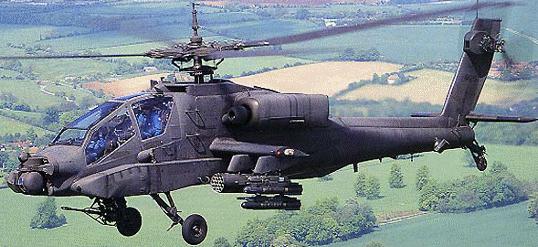- Reaction score
- 11,954
- Points
- 1,360
George Wallace said:One of the problems with some of these 'robotic' systems, when thinking of large calibre wpns, such as cannons, is the reload time and time taken to change types of ammo. That was one of the most serious problems with the MGS, the ammo carousel and reloading of that carousel once it was empty. Changing the ammo from one type to another type, meant that the carousel had to cycle through several rounds to find the newly selected round. As the carousel is not large enough to hold the full ammo load of the vehicle, another problem was the length of time required to reload the carousel after it was emptied. Not ideal times when one is in Contact.
Let's not even mention dealing with jamming and misfires. Think of how sensitive the bushmaster 25mm is. If Bloggins happens to improperly layer the ammunition in the ammo bins, you'll end with a massive jam which will often require you take the feed covers and chutes off and hack at the ammo with plyers and wrenches. Imagine having to do this to an RWS while under fire.





